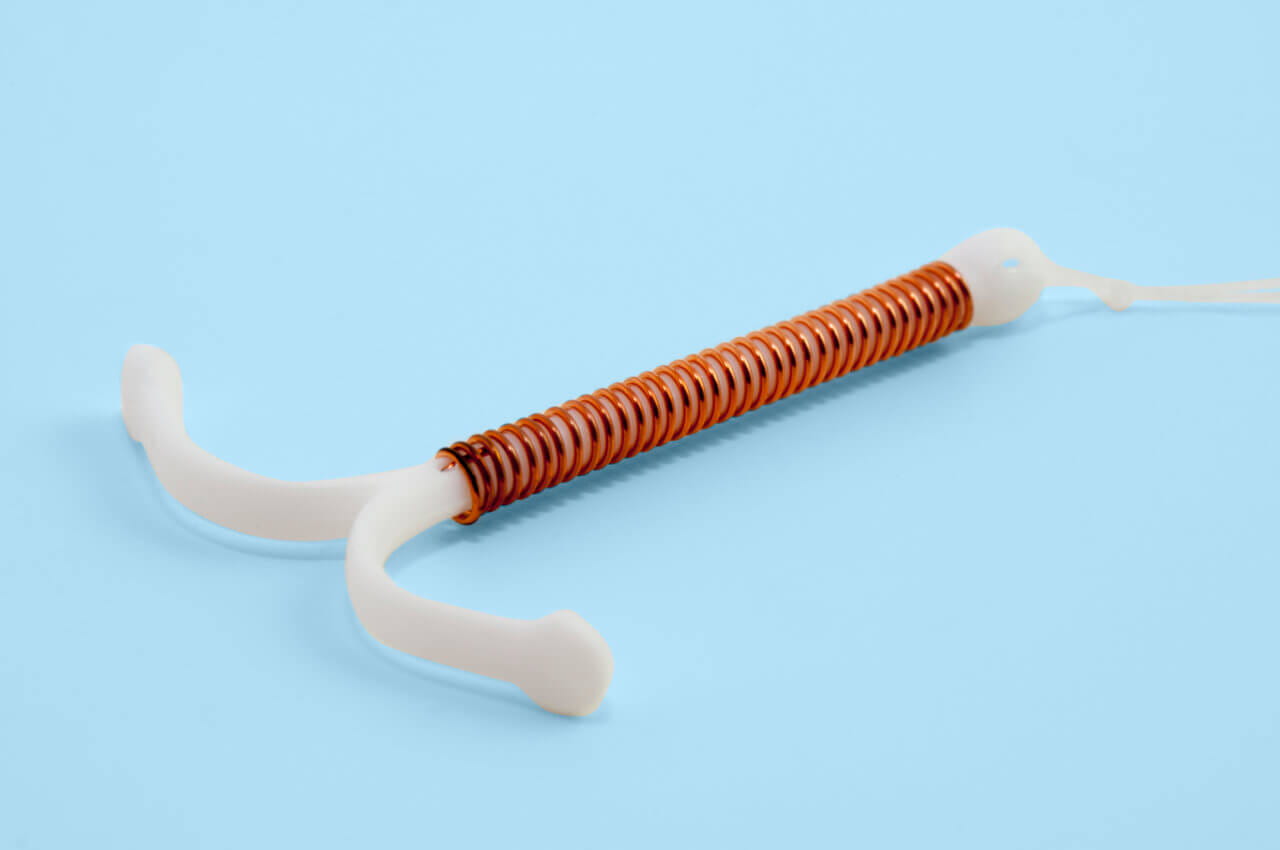What Is a Diaphragm for Birth Control?

Clinically reviewed by Cindy Richardson, CMPE
A diaphragm is a flexible silicone or latex dome with a bendable rim you insert into your vagina to cover your cervix and help prevent pregnancy. The device keeps sperm from reaching and fertilizing an egg.This article provides information on diaphragms for birth control, including their effectiveness in preventing conception, how long they last, and more.
Do Diaphragms Work?
Diaphragms have been a birth control option since the 1830s. When used exactly as intended, including with a sperm-killing substance called a spermicide, diaphragms are 94% effective at preventing pregnancy. With typical, less-than-perfect technique, they are 88% effective.So, yes, diaphragms do work. The key is understanding what you must do to maximize their effectiveness and follow those best practices.
How to Use a Diaphragm
To use a diaphragm as a contraceptive, do the following:- Ask your doctor to fit you for one. There are two main types of diaphragms. Flat-ring diaphragms come with an applicator, which makes inserting them easier. You insert an arcing or coil-spring diaphragm with your fingers.
- To insert your diaphragm, get into a comfortable position with your knees bent and your legs open.
- Squeeze the diaphragm or fold it in half and use the applicator or your index finger to guide it into your vagina while opening your labia with your other hand.
- Push the diaphragm up and back as far as it will go. It will cover your cervix (the opening to your uterus), and its front edge should sit behind your pubic bone.
- You can insert your diaphragm up to six hours before having sex. However, you must apply a spermicide using your finger or an applicator no more than an hour before having sex.
- You must leave your diaphragm in place for at least six hours after having sex and can leave it in for up to 24 hours. However, you should reapply spermicide before each time you have sex.
- To remove your diaphragm, hook the rim with your finger and pull it down and out.
- Clean the diaphragm with soap and water, let it air dry, and store it in its case. Don’t use oil-based lubricants on a diaphragm, as they can damage the material.
How Long Does a Diaphragm Last?
If you use this form of birth control, you may wonder when to replace a diaphragm. You should replace your diaphragm every two years. If you notice damage, you shouldn’t use the device again and should get a replacement or use another form of birth control.You might need a different size diaphragm if you become pregnant, gain or lose over 10 pounds, or have pelvic surgery.
Other Considerations for Using a Diaphragm
Many people find a diaphragm to be the form of birth control that works best for them. They like that it doesn’t affect their hormones, can simply be left out when trying to get pregnant, can be used while breastfeeding, and if it’s inserted properly, neither they nor their partner can feel it.However, keep these potential drawbacks of diaphragms in mind:
- You have to visit your doctor to get one.
- It doesn’t prevent sexually transmitted infections.
- You have to use spermicide and reapply as needed.
- It’s possible to knock it out of place during sex.
- It can be challenging to insert and properly position it.
You should also note that a diaphragm isn’t appropriate for some people. This includes those who:
- Have given birth in the last six weeks
- Have a history of frequent urinary tract infections (UTIs) or toxic shock syndrome
- Have poor vaginal muscle tone
- Have a sagging uterus or vaginal obstructions
- Have had a recent abortion (after the first trimester)



